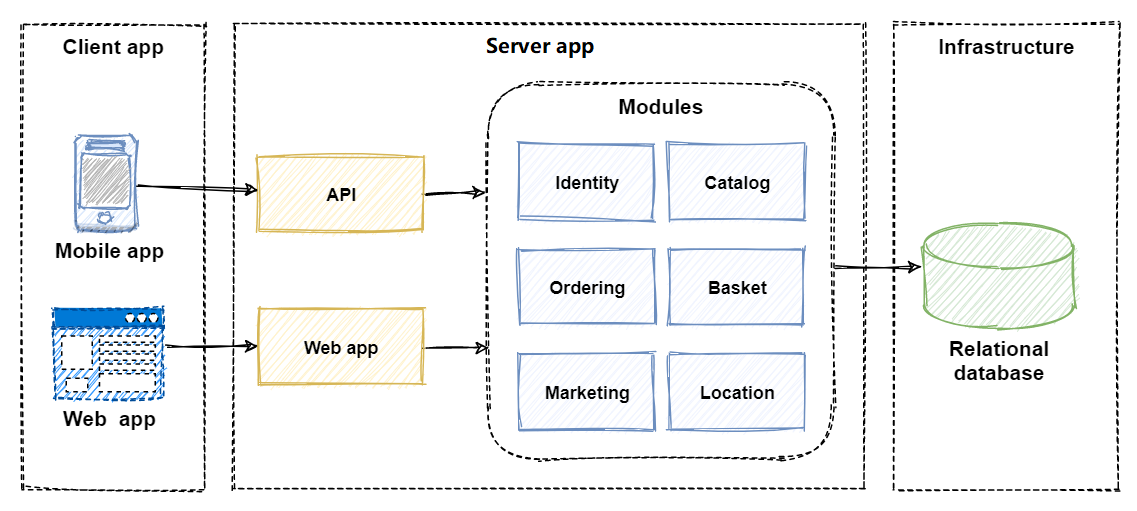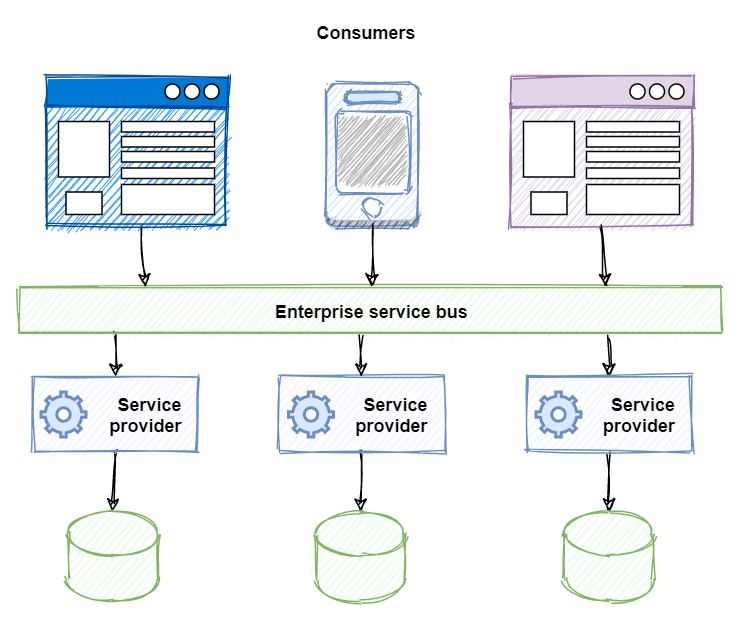Evolution of Software Architecture
Monolithic architecture
In the early days of software development, most applications were monolithic in nature. This means that all of the application's components were tightly coupled and deployed as a single unit. Monolithic architectures were relatively easy to develop and maintain, but they were also difficult to scale and update.

Service-oriented architecture
SOAs emerged in the early 2000s as a way to address the limitations of monolithic architectures. SOAs are based on the principle of loose coupling, which means that the application's components are independent of each other and can be deployed and updated separately. This makes SOAs more scalable and flexible than monolithic architectures.

Microservices architecture
Microservices architectures emerged in the mid-2010s as a further evolution of SOAs. Microservices architectures are even more granular than SOAs, with each component representing a single business capability. This makes microservices architectures even more scalable and flexible than SOAs, but also more complex to develop and maintain.
